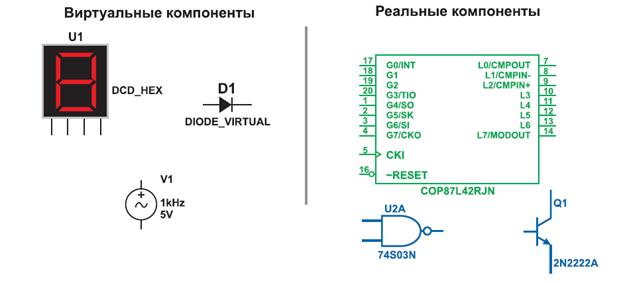The Price System
Who (to tell) workers where (to work) or what occupation to choose? Who (to declare) haw many cars should (to produce) and how many homes should (to built)? Who (to specify) the predominant style of women’s dresses or men’s suits? The greater the degree of competition the more these matters (to decide) impersonally and automatically by the price system or the market system. This may (to view) as a system of rewards and penalties. Rewards (to include) profits for firms and people who (to succeed). Penalties (to include) losses, or probably bankruptcy, for those who (to fail). The price system (to be) fundamental to the traditional concept of market economy. The price system basically (to operate) on the principle that everything that (to exchange) – every good, every service, and every resource – (to have) its price. In a free market with many buyers and sellers, the prices of these things (to reflect) the quantities that sellers (to make) available and the quantities that buyers (to wish) (to purchase). Thus, if buyers (to want) (to purchase) more of a certain good than suppliers (to have) available, its price (to rise). This (to encourage) suppliers (to produce) and (to sell) more of it. On the other hand, if buyers (to want) (to purchase) less of a certain good than suppliers (to prepare) (to sell), its price (to fall). This (to encourage) buyers (to purchase) more of it. This interaction between sellers and buyers in a competitive market, and the resulting changes in prices, (to be) what most people (to refer) to by the familiar phrase “supply and demand”. 1. Read the text once again and answer the following question: “What role does the price system play in the market economy?”
Ex.16. Study the following words and word combinations. They are used when you are to describe different trends of economic development. Consult a good dictionary and put down all their derivatives. Make your own sentences using these words. You can do it in the form of a question to your partner. increase, raise, put up, step up, extend, expand, rise, grow, soar, boom; decrease, drop, put down, cut, reduce, fall, go down, decline, collapse, slump; remain stable, hold, maintain, stay constant.
to stand at to reach a peak of
dramatic(ally) rapid(ly)
vast(ly) huge(ly)
substantial(ly)
significant(ly)
moderate(ly)
slight(ly)
slow(ly)
Ex. 17. A picture is worth 1000 words. Economists, being efficient, like to present ideas in graphs, which are a type of picture. But graph is worth 1000 words only if a person looking at it knows the graphical language (graphish). Study the following information to be able to read any graph. Find the Russian equivalents for the highlighted words. Graphs are used in two ways: 1. to present an economic model or theory which focus on hypothetical relationships; 2. to present real-world data visually. Actually, these two ways of using graphs are related. They are both ways of presenting visually the relationship between two things. Graphs are built around a number line, or axis (axes, pl). Axes are called vertical and horizontal. We can plot the information on two axes. When we connect two points we have a line. Even if the line is straight, economists call any such line drawn on a graph a curve. A curve can be a linear curve, a downward-sloping curve, an upward-sloping curve, a nonlinear curve. Economists use the following graphs in presenting actual economic data:
|


 quick(ly)
quick(ly) enormous(ly)
enormous(ly) considerable(ly)
considerable(ly) gradual(ly)
gradual(ly) a little
a little



